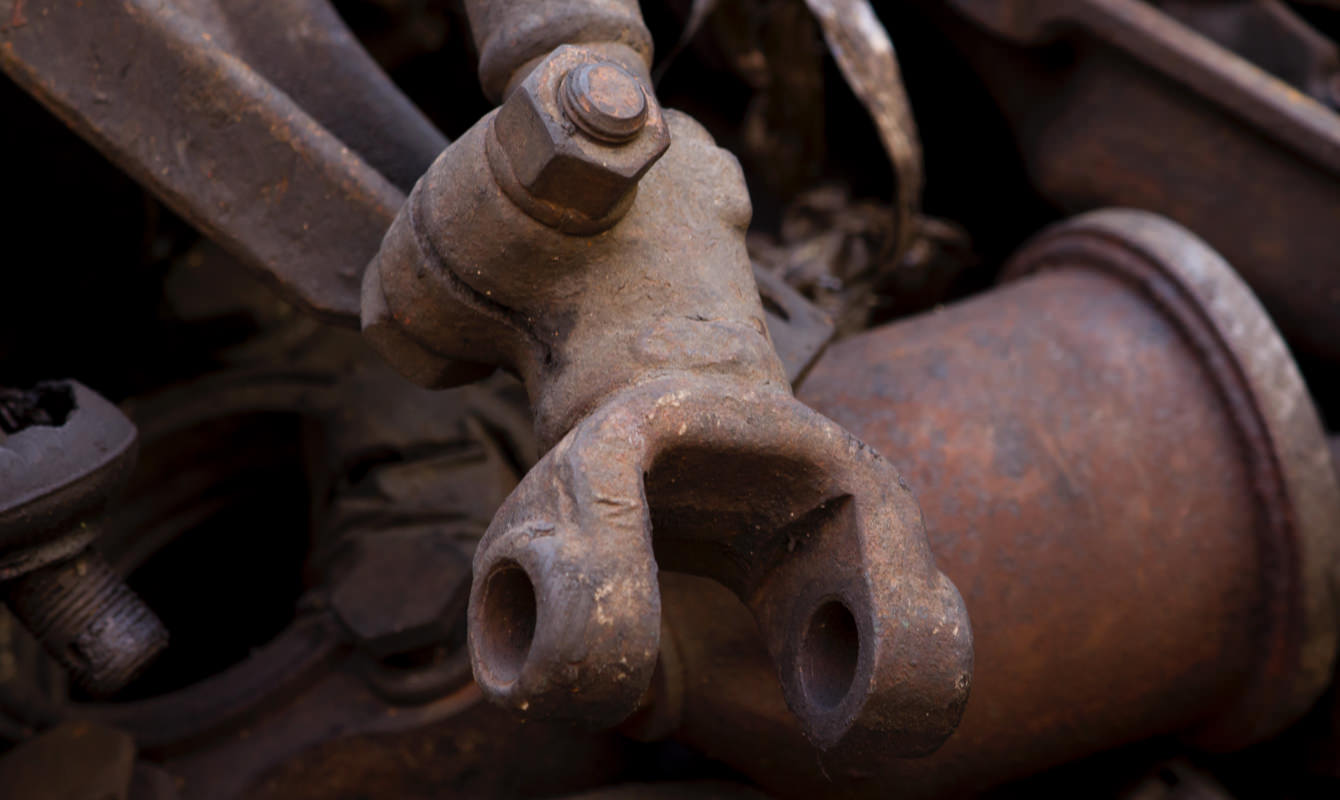What Does a U-Joint Do?
Universal joints (also known as U-joints) are a key part of the driveline system of four-wheel drive (4WD), rear-wheel drive (RWD) and all-wheel drive (AWD) vehicles. U-joints connect the driveshaft to the transmission and differential and on some vehicles u-joints additionally connect the front driveshaft to the front differential and transfer case. The flexible connection that the U-joint has accommodates the changes in angle of the driveline as the vehicle travels over different terrain.

How Long Do Universal Joints Last?
While u-joints are designed for long life, they’re subject to wear and tear over the life of the vehicle. If you own your vehicle long enough, there is a good chance the u-joints will need to be replaced.

Why Do U-Joints Fail?
Normal Wear and Tear
Universal joints are a wear item; even with normal use, they’ll eventually need to be replaced. How you use your vehicle can affect the rate of wear. For vehicles that tow or are used off road, the U-joints can wear out faster.
Improper lubrication or maintenance
Some U-joints require grease for optimal performance. If these U-joints aren’t properly greased and maintenance, they can dry up and bind.
Loose Bolts
Corrosion, vibration or improper installation can cause the bolts that that hold the u-joints in place to become loose. If these bolts come loose or fall out, it can cause u-joint failure.
Alignment Issues
From making modifications to the mounting of the transmission or rear differential to adding larger tires or a lift kit, the driveshaft can become misaligned. If this happens, it can cause excessive vibration that can cause u-joint damage.
Driveshaft Damage
Even minor damage like a small dent to the driveshaft can cause vibration at higher speeds. This vibration can cause premature wear of the u-joints.
Symptoms of a Bad Universal Joint
There are some signs that a universal joint is failing:
Clunking Noise
A common symptom of a failing u-joint is a loud clunking sound when putting the car into drive or reverse.
Vibration
Excessive vibration that can be felt inside the vehicle is another sign of a bad universal joint. As the driveshaft spins, the worn u-joint vibrates with enough force that it can be felt inside the cabin.
Squeaking Noise
A squeaking noise while driving could be a universal joint that isn’t properly lubricated. The sound will change depending on your speed.
Can You Drive with a Failing U-Joint?
If you suspect that you have a bad universal joint or any other issue with your steering & suspension system, you should have your vehicle inspected by your auto technician right away. Failure to address the problem in a timely manner can cause damage to other components.
Learn more about premium steering and suspension parts, find your car part, or find where to buy your auto part today.
The content in this article is for informational purposes only. You should consult with a certified technician or mechanic if you have questions relating to any of the topics covered herein. Tenneco will not be liable for any loss or damage caused by your reliance on any content.